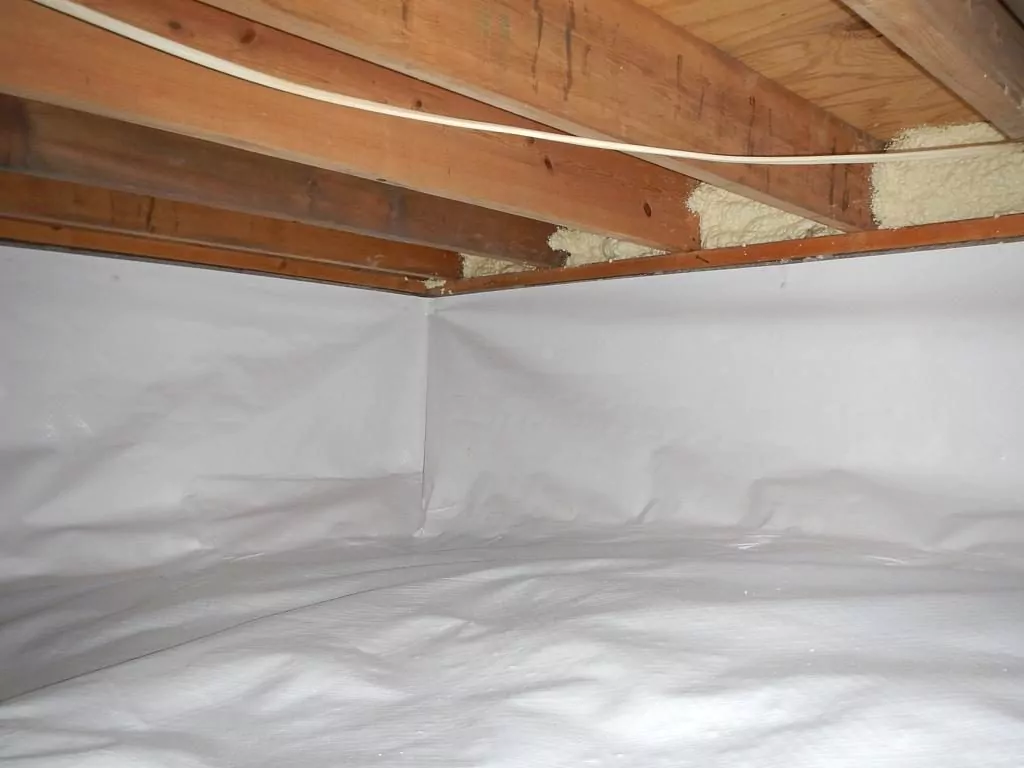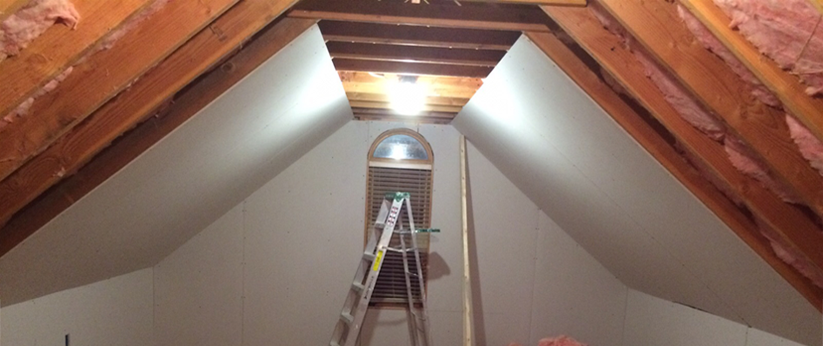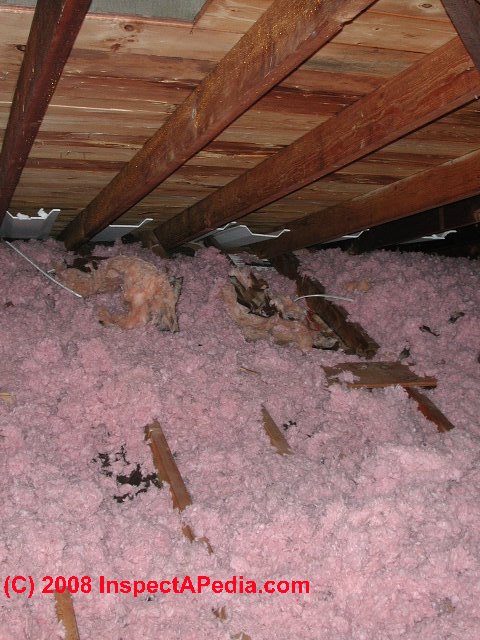Now with attic insulation heat is no longer lost from the living space such that moisture may remain trapped in the attic vapor barriers were therefore necessary to reduce moisture flow into the attic.
Is a vapor barrier necessary in attic.
A vapor retarder is a material used to prevent water vapor from diffusing into the wall ceiling or floor during the cold winter.
No you don t need a vapor retarder class i or otherwise.
In circumstances where conditions inside a home or office are much different than outdoor conditions water.
Over time this trapped moisture can rot the wood framing in your attic or cause mold and mildew to appear.
You do not need a vapor barrier.
By the time you paint the drywall though you ve brought it into the class iii vapor retarder range between 1 and 10 perms and even less water vapor will diffuse through.
Because it s nearly impossible to seal penetrations in the ceiling the reality is water vapor will get into the attic.
Vapor barriers are sheets of plastic or other material placed on one side of insulation sheets.
If you read the brief it points out the major concern with moisture in insulation is air leakage.
The following are a few simple steps to help you undertake the task properly so your vapor barrier retains heat without damaging the insulation.
In any case the vapor barrier must point to the warm side.
Most forms of attic insulation benefit from the addition of a vapor barrier to protect them from the harmful effects of moisture which can reduce their effectiveness over time.
Several layers of paint on the ceiling would qualify as a vapor barrier.
A vapor barrier in an attic assembly in a severely cold climate with the absence of an air barrier will likely be ineffective.
Since you already have insulation if there was a moisture problem you probably would have noticed signs of it already.
Some debate still occurs over how necessary vapor barriers are but a consensus is growing closer.
Seal the air leakage pathways.
On the other hand an air barrier a properly detailed air tight drywall ceiling for example in the absence of a vapor barrier can be effective since it stops the flow of vapor laden air.
To know if you need a vapor retarder ask yourself a few basic questions.
Resolution of the vapor barrier debate.
Attic vapor barrier detail for cold climates.
Whether or not you need a vapor retarder hinges on three main factors your climate your home and the location of the wall you re insulating.
To stop the movement of vapor effectively through air leaks your vapor barrier should also have an air barrier such as an airtight drywall ceiling.
This barrier is meant to keep moisture from getting to the insulation in the walls and ceilings and it is required by building codes when insulating most houses.
This acts as a barrier to keep heated moist air from rising up into the attic during cold weather.

























